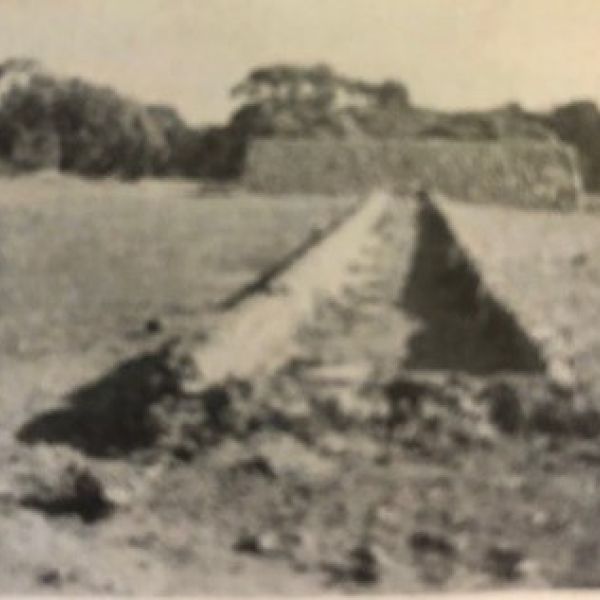The Pastoral Era
Karoonda's Pastoral Era 1860 - 1890
By the time the pastoralists moved into the Mallee, there were no Aboriginal people in the area. It is believed that the Aboriginal people occupied and utilised the Mallee for thousands of years but little is known about the tribal groupings or numbers. With no surface water the number of Aboriginal people able to permanently settle on the land was restricted. However, the Aboriginal people knew how to obtain water from the roots of the Mallee trees. The name of Karoonda is a local Ngarkat Aboriginal word meaning ‘winter camp’.
In the 1860’s the Mallee lands were taken up as pastoral leases, firstly in the Hundreds of Bakara and Mantung. Sheep were grazed but gone by the 1880’s. During the droughts in the 1860’s huge numbers of sheep died and the Waste Lands Amendment Act was passed in 1867 to allow the lessees to obtain a new lease at a lower rent.
When the pastoralists first took up the leases it was believed that the mallee and bush was more scattered and grass grew between the bushes. Burning of the bush was a common practice in an effort to regenerate the grasses but the scrub fires stimulated the seeds which had laid dormant in the ground and hundreds more bushes grew. After several attempts to clear the bushes by burning, the grasses were choked out and the rabbits competed with the sheep for grass, the pastoral leases were abandoned.
The area south of these leases were not taken up until later in the 1870’s. Three large stations took up most of this area. Moorlands Station took up most of the area in the former District Council of Karoonda, Chuka Bend Station based on the River Murray took in the south – western corner of the East Murray Council and Mindarie Station took the rest of the eastern part of the East Murray Council.
The only physical reminder of the pastoral leases are the wells which were dug to tap into the underground water supply. A 200 feet well was dug by hand with a crowbar and shovel with only a windlass to haul up the soil. The sides were bolstered with timber along the way with the whole job taking up to 12 months to complete. Water had to be hauled to the surface which was initially done with a windlass and bucket but later steam driven pumps were installed at many of the wells.
Several tanks and a few stone buildings remain today at these sites.

